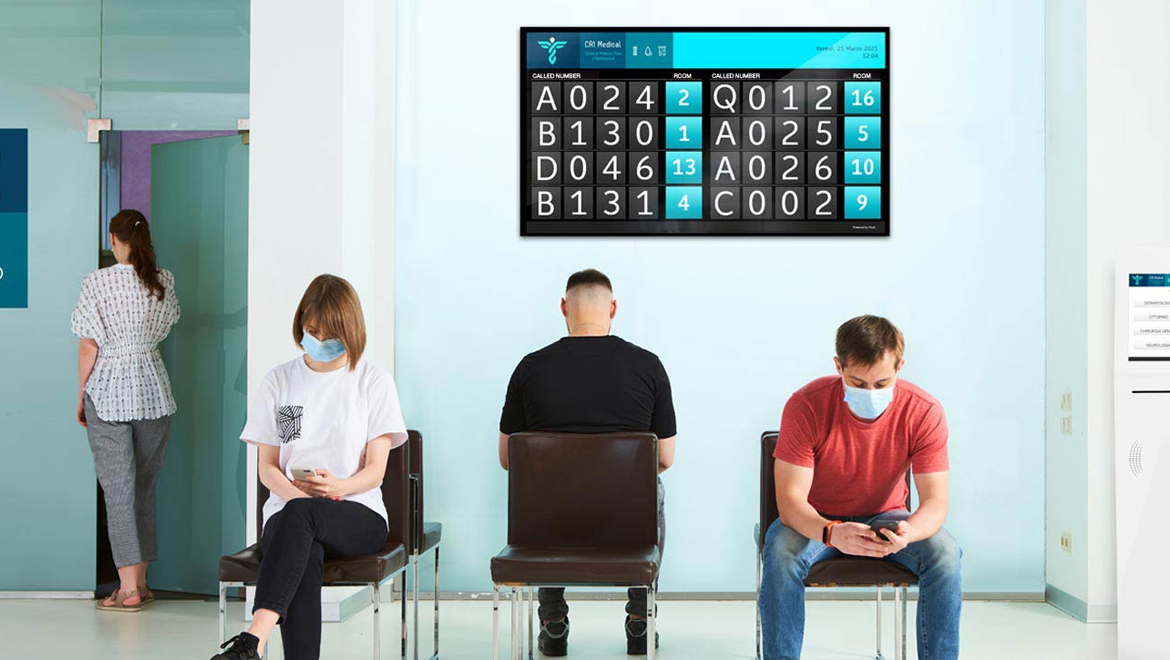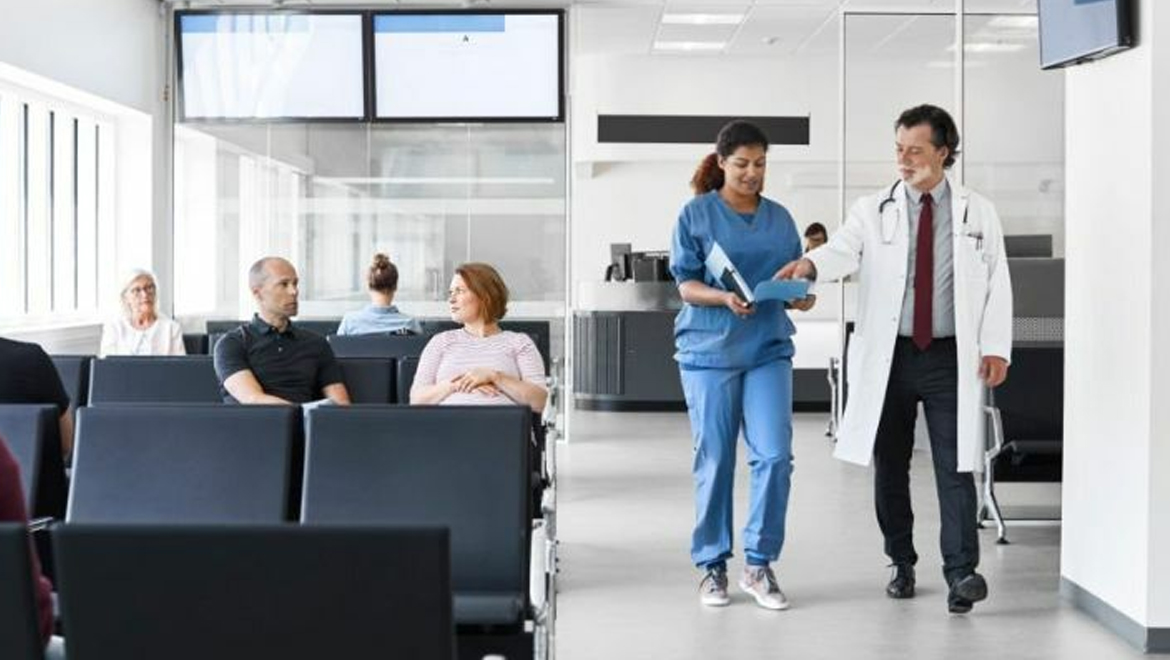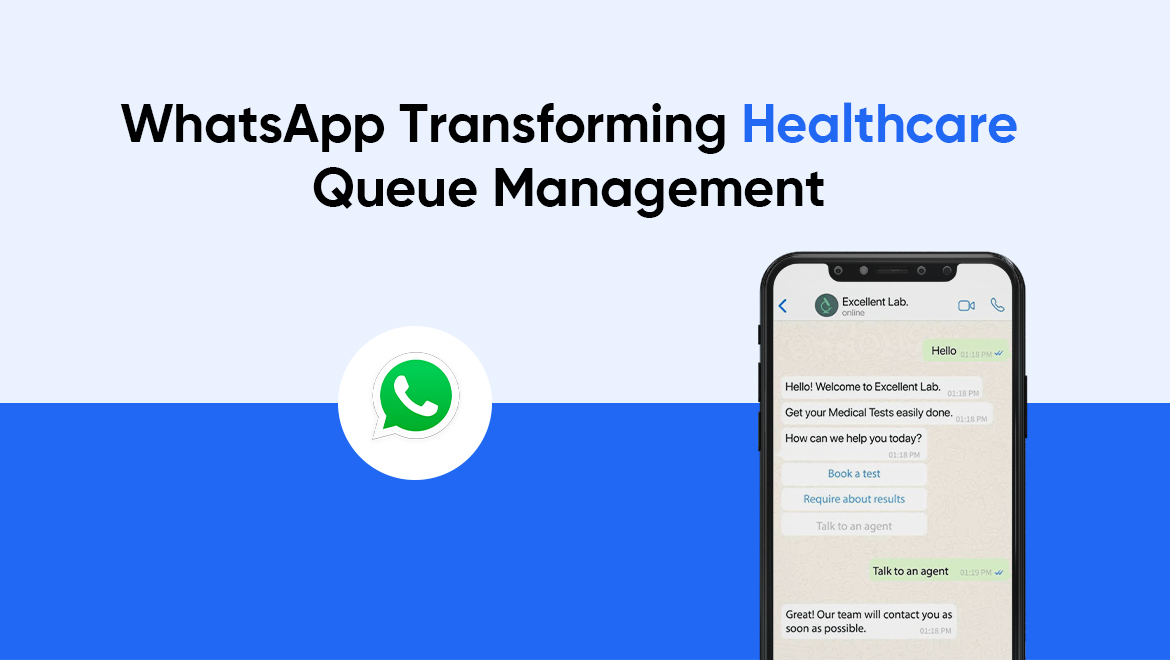Say Goodbye to Waiting Rooms: How WhatsApp is Transforming Healthcare Queues
In the age of digital transformation, healthcare services are not left behind in adopting innovative solutions to enhance patient experience and operational efficiency. Among the various advancements, the integration of WhatsApp into healthcare systems is revolutionizing the way patients interact with healthcare providers. This article delves into how WhatsApp is transforming the traditional waiting room experience into a seamless and more patient-friendly process.
1. The Burden of Traditional Waiting Rooms
Historically, waiting rooms have been synonymous with long waits, crowded spaces, and a general sense of anxiety and frustration. Patients often have to allocate a significant portion of their day to simply waiting for their turn, which can be particularly challenging for those with tight schedules or mobility issues.
2. Introduction of WhatsApp in Healthcare
WhatsApp, a widely used messaging platform, has emerged as an unexpected but effective solution to the myriad of issues associated with healthcare queues. Its simple, user-friendly interface and widespread adoption make it an ideal tool for revolutionizing patient communication and queue management.
3. Real-time Communication and Updates
One of the primary advantages of using WhatsApp in healthcare settings is the ability for real-time communication between healthcare providers and patients. Patients can receive timely updates about their appointment status, reducing uncertainty and wait times.
4. Personalized Patient Experience
Through WhatsApp, healthcare providers can offer a more personalized experience by addressing patients by name, understanding their specific needs, and providing tailored information. This level of personalization enhances patient satisfaction and trust in the healthcare service.
5. Efficient Queue Management
WhatsApp enables healthcare facilities to manage queues more efficiently by allowing patients to check in remotely and receive notifications about the best time to arrive. This not only reduces physical crowding in waiting rooms but also optimizes the flow of patients through the facility.
6. Accessibility and Inclusivity
With its widespread use, WhatsApp offers an accessible platform for a wide range of patients, including those who may not be familiar with more complex healthcare apps. This inclusivity ensures that more people can benefit from improved healthcare experiences.


7. Reduced Administrative Burden
Healthcare staff benefit from the integration of WhatsApp as it automates many administrative tasks, such as appointment reminders and patient follow-ups. This reduction in manual work allows staff to focus more on direct patient care.
8. Enhanced Patient Safety
By minimizing the time patients spend in waiting rooms, WhatsApp indirectly contributes to enhanced patient safety, particularly in the context of infectious diseases. Reducing physical congregation in healthcare settings lowers the risk of disease transmission.
9. Feedback and Continuous Improvement
WhatsApp facilitates an easy channel for patients to provide feedback on their healthcare experience. This valuable input allows healthcare providers to continuously improve their services and address any areas of concern.
10. Challenges and Considerations
While the benefits are significant, the adoption of WhatsApp in healthcare also presents challenges, such as ensuring data privacy and security. Healthcare providers must adhere to strict regulations to protect patient information while using this platform.
11. Future Prospects
The successful integration of WhatsApp into healthcare queues is just the beginning. As technology advances, there are vast opportunities for further enhancements, such as AI-driven chatbots to answer common patient queries or schedule appointments.
Conclusion
The transformation of healthcare queues through WhatsApp is a testament to the power of digital innovation in improving patient experiences and operational efficiency in healthcare. By embracing this technology, healthcare providers can significantly reduce the stress and inconvenience associated with waiting rooms, leading to happier patients and more efficient healthcare delivery. As we move forward, the continued integration of technology like WhatsApp into healthcare systems holds great promise for making healthcare more accessible, personalized, and patient-centric.




